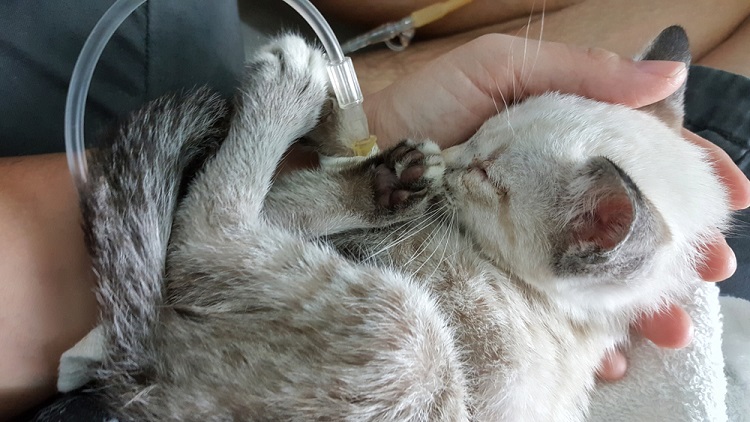How to Know If Your Cat Is Injured
Cats are wonderful pets because they are simultaneously affectionate while also being highly independent. Sadly, this need for independence means cats often try to hide their injuries. However, pet specialists James Wellbeloved have listed the most common cat injuries, and some occur more often than most owners realise.
To save your cat from enduring unnecessary pain and illness, here are the best habits to help you spot if your cat is injured.
1. Regular grooming
The majority of cat wounds come from wear and tear on nails, scratches from running passed branches and sharp leaves, and bite marks from other animals. While a bleeding wound is normally the most immediately life-threatening, they are also the easiest to spot.
Meanwhile, some scratches and bites are so fine that the skin closes up before it can bleed. Yet, bacteria can still get into these wounds and become infected. The best way to spot these subtler injuries is to spend some quality time with your cat. Every day, take some time to groom and pamper your cat. They’ll love you for it, and it’s a great excuse to check for injuries, including other common grievances, like insect stings, scratches to the eyes, and periodontal disease.
2. Keep an eye on eating and drinking habits
Another way to spot tooth disease is to observe your cat’s eating habits. If they stop eating or drinking, it might be because it is too painful. However, changes to eating and drinking habits can mean other things, too.
For instance, cats like to explore the world using their tongue and not everything which smells nice is good for them. While more lethal poisons will be accompanied by an immediate and obvious reaction, like vomiting, some others may simply leave your cat feeling sick and, so, not wanting to drink.
Conversely, cats sometimes drink excessively. There can be many reasons for this, ranging from sickness to heat stroke, but the most serious is kidney disease. Cats with kidney disease urinate more frequently and often have accidents around the home, which they then compensate by drinking more. Kidney disease is serious and can be hard to treat; if you suspect your cat may be suffering, see your vet right away.
3. Sudden change in behaviour
Lastly, use your intimate knowledge of your cat to your advantage. While a cat will try to hide a limp, you can often identify something is wrong by them suddenly changing their behaviour. For instance, perhaps they have decided not to rest in their favourite high spot that requires a big jump to reach, or maybe you have noticed them resting in an unusual pose. All that running around outside means broken bones and inflamed ligaments are common injuries, so watch closely for signs something isn’t quite right.
Cats are proud and independent. It’s one of the reasons we love them so much; but it also means there is little we can do to protect them from injury. However, with regular bonding sessions and close attention to their normal routines, you can spot injuries faster, meaning you can help heal more quickly.

